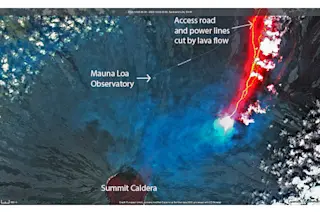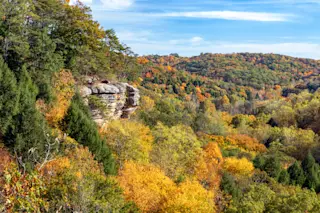Screen shot from a Google Earth Engine animation showing the growth of mining activities for oil sands in Canada near the town of Fort McMurray, Alberta. Please click to watch the animation. (Source: Google) The news is in: President Obama has just vetoed legislation approved by both houses of the U.S. Congress that would have allowed construction of the Keystone XL oil pipeline to go forward. He wielded the veto pen just a matter of hours after the bill reached his desk. The pipeline has become a symbol in the political battle over climate change. But lost in the clamor is a discussion of the environmental impact of extracting the petroleum from Canada's vast oil sands fields. So I thought I'd use this post to provide some visual context that might be helpful in understanding that impact. But first... In his veto message to Congress, Obama wrote:
Through this bill, ...














